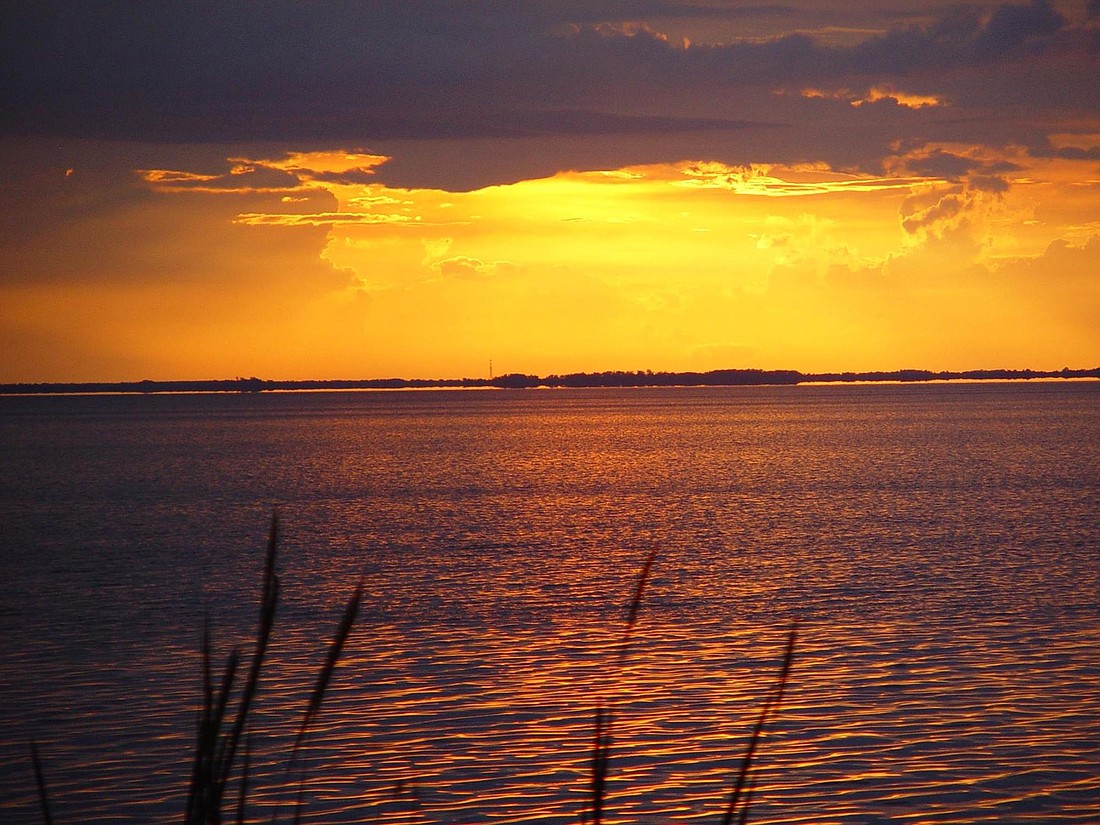- October 23, 2024
-
-
Loading

Loading

WEST ORANGE COUNTY Per Gov. Rick Scott's signature April 7, a bill titled “Implementation of the Water and Land Conservation Constitutional Amendment” will grant $5 million per year to restoring Lake Apopka for 10 fiscal years, effective July 1.
The debt service paid on Florida Forever bonds issued after July 1 will be subtracted from this distribution, according to the bill text. St. Johns River Water Management District, which governs water policies for Lake Apopka and other waterways in the region, will receive the funds.
“The focus of the restoration program is essentially a phosphorus diet for the lake,” said Erich Marzolf, division director of water and land resources, who is coordinating the plan for Lake Apopka. “Its primary problem is that it fights … excess phosphorus that, historically, the majority came from the north shore farms. We also have a couple of projects that remove phosphorus that's in the lake.”
One is the Lake Apopka Marsh Flow-Way, a roughly 760-acre treatment wetland on the northwest shore composed of four treatment cells, which help filter out phosphorus, algae and suspended materials. The other is the gizzard shad fishing program, which helps to remove that fish species and the phosphorus it recycles in the lake.
Whether the new funds will aid these existing programs or help establish new programs remains to be seen.
“We're very appreciative of the Legislature and the governor's decision to provide a stable source of funding for the next decade for the lake, and we are in the process of developing our plan,” Marzolf said. “One of the critical decisions we'll be looking at is (whether) we retain the levee that separates the north shore properties from the lake. … That whole area largely would become open water. There are a variety of reasons that would concern us. If we determine that it needs to be retained for the foreseeable future, are there investments we can make in that levee and the system there?”
New projects under examination include ways to remove some soft, mucky sediments, particularly around the lake's edge, and make those areas more suitable for submersed aquatic vegetation critical to the ecosystem's rehabilitation, he said. Nanobubbles also are in the testing phase.
“That's something that's still out there occurring,” Marzolf said of nanobubble tests. “That's something that's being evaluated by folks at the University of Florida, and we haven't received a final report yet on how that's functioning.”
Contact Zak Kerr at [email protected].